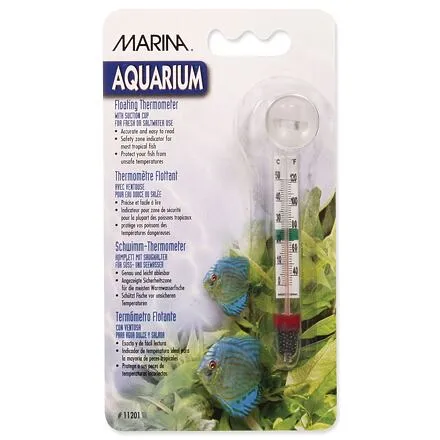Pet biometric monitors are innovative devices designed to track and analyze the health and activity levels of pets, providing valuable insights for pet owners and veterinarians alike. These monitors are particularly beneficial for pet owners who want to ensure their furry companions are healthy and active, as well as for those managing chronic health conditions. By collecting data on vital signs, activity levels, and even sleep patterns, these devices help owners make informed decisions about their pets' well-being.
When selecting a pet biometric monitor, several key factors should be considered to ensure you choose the right product for your needs. First, compatibility is crucial; ensure the monitor is suitable for your pet's size and breed. Many monitors are designed for specific types of pets, so check the manufacturer's specifications. Additionally, consider the type of data the monitor collects. Some devices focus on basic activity tracking, while others provide comprehensive health metrics, including heart rate, temperature, and even stress levels.
Another important parameter is the monitor's connectivity features. Many modern biometric monitors sync with smartphones or tablets, allowing for real-time data access and analysis. Look for devices that offer user-friendly apps with intuitive interfaces, as this will enhance your experience and make it easier to track your pet's health over time. Battery life is also a significant consideration; a longer-lasting battery means less frequent charging and more consistent monitoring.
The materials used in the construction of pet biometric monitors can impact both comfort and durability. Opt for monitors made from hypoallergenic materials, especially if your pet has sensitive skin. Waterproof or water-resistant designs are also advantageous, particularly for active pets that may enjoy swimming or playing in the rain.
While there are numerous advantages to using pet biometric monitors, there are also some disadvantages to consider. For instance, some devices may require a subscription for full access to features or data storage, which can add to the overall cost. Additionally, the accuracy of biometric readings can vary between products, so it’s essential to read reviews and choose a reputable brand known for reliability.
To get the most out of your pet biometric monitor, proper usage and maintenance are key. Regularly check the device for any signs of wear or damage, and clean it according to the manufacturer's instructions to ensure optimal performance. Familiarize yourself with the app or software that accompanies the monitor, as this will help you interpret the data effectively.
Combining the use of a biometric monitor with regular veterinary check-ups can provide a comprehensive view of your pet's health. Share the data collected by the monitor with your veterinarian, as this information can assist in diagnosing potential health issues early on. Additionally, consider integrating the monitor with other pet care products, such as activity trackers or smart feeders, to create a holistic approach to your pet's health and wellness.
In conclusion, pet biometric monitors are valuable tools for any pet owner looking to enhance their pet's health management. By carefully considering factors such as compatibility, data collection capabilities, connectivity, and materials, you can select a monitor that best suits your pet's needs. With proper usage and maintenance, these devices can provide critical insights into your pet's health, helping you make informed decisions and ensuring a happier, healthier life for your furry friend.
show more text






